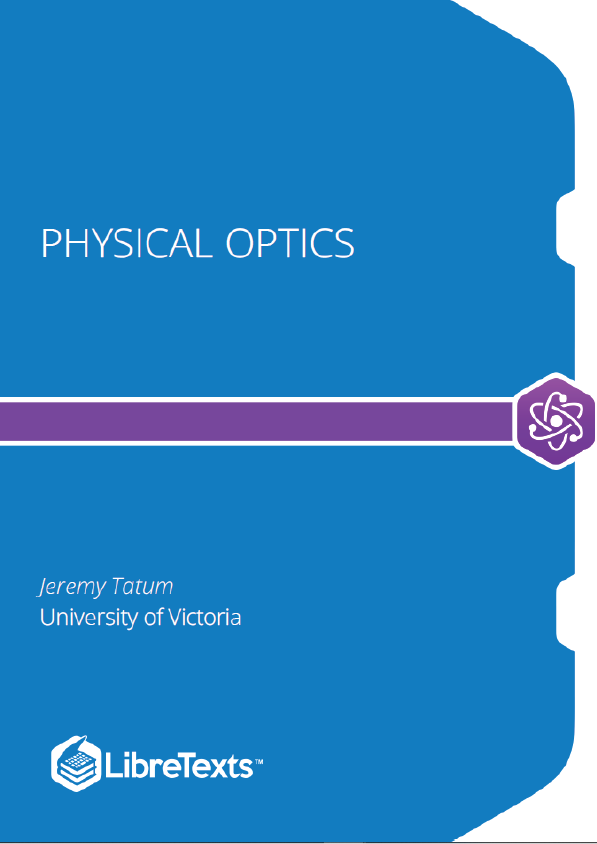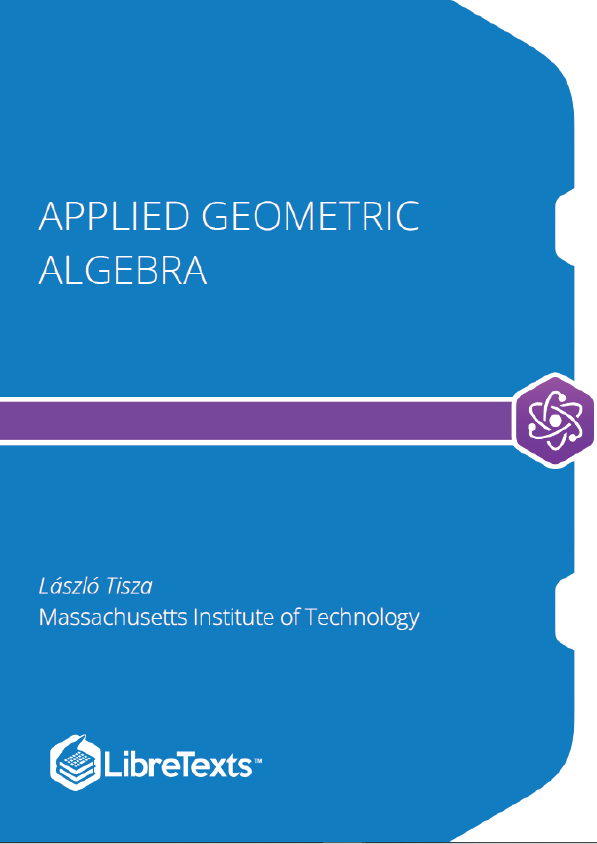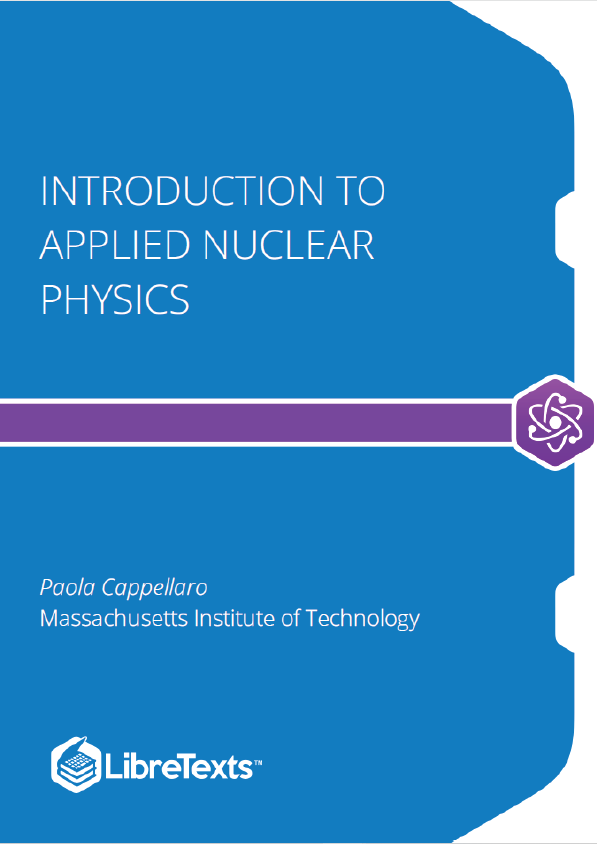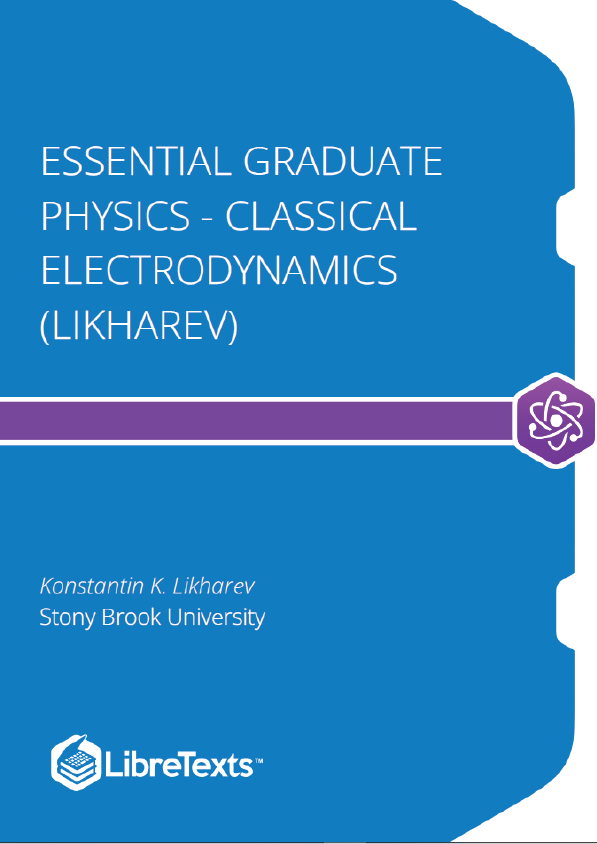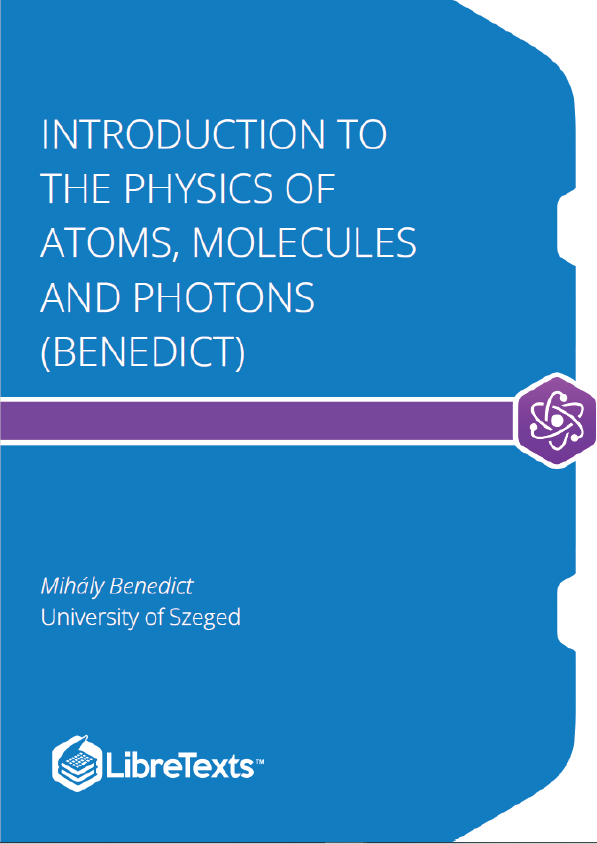Since I put a few notes on Geometric Optics on this site, from time to time viewers have written to me asking if I am going to write some notes on Physical Optics. The answer has always been that I was not planning to. However I have scribbled one or two notes on isolated and random topics, and I present them here. I am nowhere close to getting together a full course on Physics Optics, so for the time being I give some notes on the following random small topics. Any further topics may appear if and when the spirit moves me, at a rate of maybe one new topic every few years. I hope the following are of some interest.
Reflection and Refraction
Reflection of light from a smooth, shiny surface is called specular reflection. (Latin speculum a mirror.) At the other extreme we have the sort of diffuse scattering that occurs when you shine light on blotting paper. And there are lots of situations in between these extremes. In this chapter I am going to deal solely with specular reflection, the law of specular reflection being that the angle of reflection is equal to the angle of incidence.
When light passes from one medium to another, the angles of incidence and refraction, and the two refractive indices are related by the familiar Snell’s Law,
In this chapter we are going to look at the laws of reflection and refraction from the point of view of Fermat’s Principle of Least Action, and Snell’s law of refraction from the point of view of Huygens’ construction. We’ll start with the law of reflection (angle of reflection equals angle of incidence). Light goes from A to B via reflection from a point P on a mirror.
Reflection and Transmission at Boundaries and the Fresnel Equations
When a ray of light encounters an interface between two media of different refractive indices, some of it is reflected and some is transmitted. This chapter will concern itself with how much is reflected and how much is transmitted. (Unless the media are completely transparent, some of the light will also be absorbed – and presumably degraded as heat – but this chapter will concern itself only with what happens at the interface, and not in its passage through either medium.) We shall do this at three levels: Normal incidence; incidence at the Brewster angle (we’ll explain what is meant by this); incidence at an arbitrary angle.
